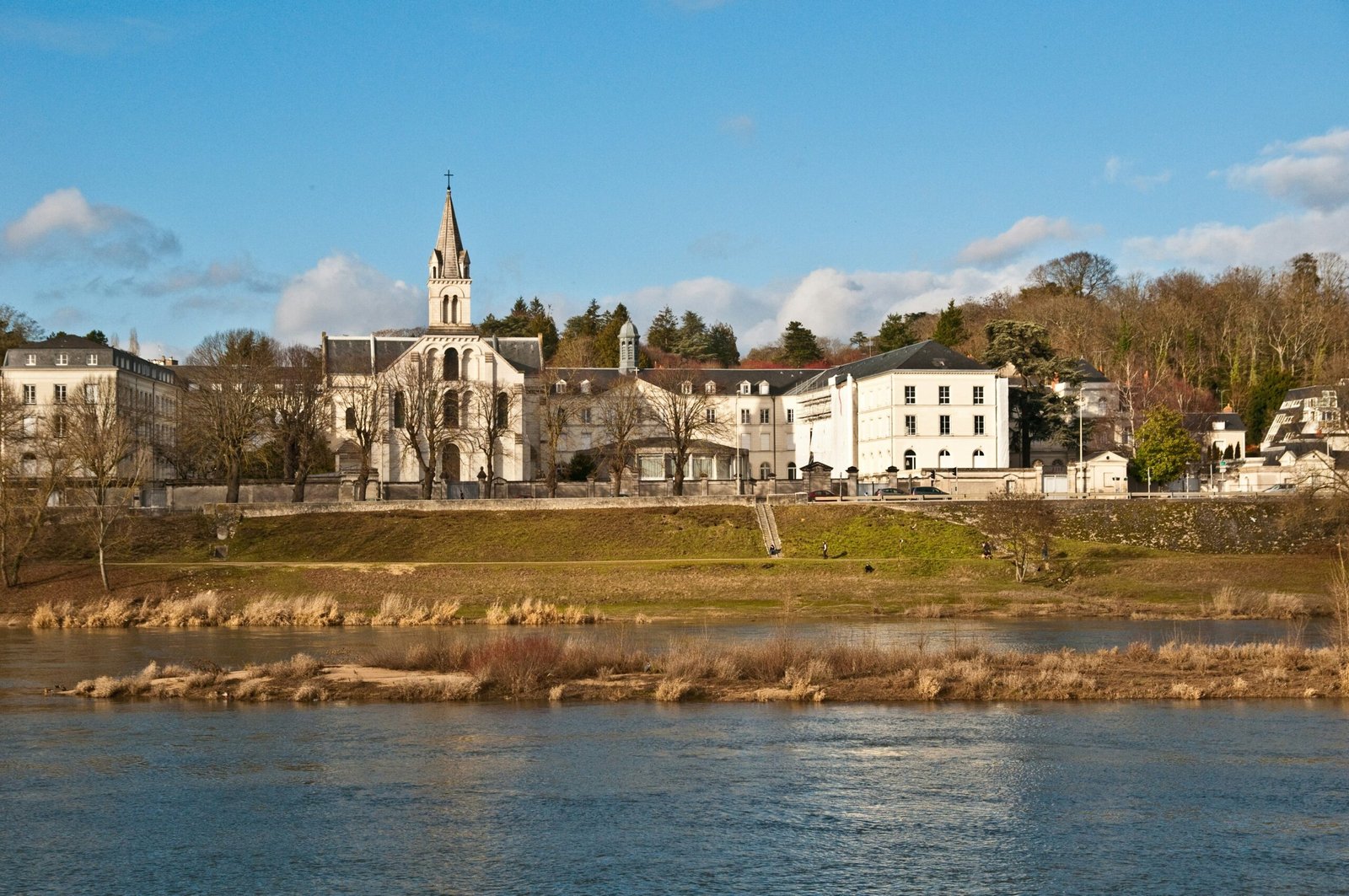Exploring Ghost Towns: A Unique Blend of History and Modern Luxuries

Introduction to Ghost Towns
Ghost towns are fascinating reminders of the past, often emerging from the ashes of former boomtowns that once thrived due to various economic activities such as mining, agriculture, or industry. When resources were depleted or economic downturns occurred, these vibrant communities faded into silence, leaving behind remnants of their histories. The term ‘ghost town’ refers to a deserted settlement, characterized by its abandoned buildings and structures, which serve as windows into a bygone era. Each ghost town has its own narrative, reflecting the human experiences of hardship, ambition, and eventual decline.
The significance of ghost towns in American history cannot be overstated. Many of these locations played pivotal roles during critical periods, such as the Gold Rush in the mid-19th century. They were once bustling hubs of activity where individuals and families gathered, dreams were forged, and fortunes made. Today, these sites stand in stark contrast to their lively origins, often featuring decaying buildings, rusted machinery, and overgrown landscapes that evoke a sense of melancholy intertwined with curiosity. Architects and historians alike appreciate their unique architectural styles, which often blend various influences from different eras, reflecting the eclectic nature of American society at the time.
The allure of ghost towns extends beyond their historical and architectural significance. Visitors are drawn to the mystery embedded in the silence of these once-thriving places, seeking to uncover the stories that remain untold. As modern society evolves, certain ghost towns have embraced the transformation by incorporating contemporary luxuries and experiences, offering an intriguing juxtaposition between past and present. This merging of history and modernity creates an enriching experience for travelers, making ghost towns not only a glimpse into history but also an opportunity for exploration, adventure, and discovery.
The Appeal of Ghost Town Tourism
Ghost towns have increasingly captured the imagination of travelers, offering a unique blend of history and modern luxuries. They present an alluring opportunity to explore forgotten places that echo stories from the past. The intrigue of wandering through abandoned structures, once bustling with life, leads to a palpable connection with history. Tourists are drawn to these deserted locales, eager to imagine what life was once like for the inhabitants who called these places home. An air of mystery surrounds ghost towns, making them ideal settings for those seeking an escape from their daily routines.
The thrill of uncovering lost histories is another significant aspect of ghost town tourism. Many visitors have a deep-seated curiosity about the narratives behind abandoned facilities and the communities that thrived there. Each dilapidated building or crumbling street corner invites stories from bygone eras, enriching the visitor’s experience and allowing for a unique understanding of local heritage. Archaeological endeavors and guided tours often accompany these explorations, providing insights that enhance the appreciation for these historic relics. Travelers leave with not just memories, but also a sense of connection to the past, making their journey meaningful and memorable.
Moreover, the growing trend of experiential travel is profoundly influencing the allure of ghost towns. Post-pandemic travelers increasingly prioritize immersive experiences that allow them to disconnect from contemporary hustle and bustle. Ghost towns provide a serene backdrop for reflection, creativity, and adventure—offering natural landscapes that can rejuvenate the mind. This emerging focus on self-discovery translates into a desire for unique experiences that blend adventure with personal growth. As the world evolves, ghost towns continue to resonate with those seeking to explore the intersection of history and luxury, reaffirming their place as popular tourist destinations.
Modern Luxuries in Historical Settings
Ghost towns, often characterized by their remnants of bygone eras, have increasingly embraced modern luxury amenities to enhance visitor experiences. As travelers seek unique and unforgettable destinations, many ghost towns have found innovative ways to integrate comfort and indulgence into their historical landscapes. One prominent example is the town of Goldfield, Nevada, where visitors can find well-appointed accommodations that blend the rustic charm of the Old West with contemporary conveniences. Luxurious lodgings offer spacious rooms, high-end furnishings, and stunning views of the historic mining sites, allowing guests to relive the past without sacrificing comfort.
Dining experiences in these ghost towns have seen a similar transformation. Fine dining establishments now serve gourmet meals prepared with locally sourced ingredients, often with a distinct regional twist. For instance, in the ghost town of Virginia City, Montana, visitors can enjoy exquisite culinary offerings while surrounded by the town’s iconic wooden boardwalks and historical buildings. The juxtaposition of high-quality fare and historic settings creates a dining atmosphere that is both memorable and unique.
In addition to accommodations and dining, recreational activities in ghost towns also reflect this harmonious blend of modern luxury and history. Adventure-seekers can engage in guided tours that delve into the rich narratives of these abandoned settlements, often complemented by comfortable transportation options. Wellness retreats, which incorporate elements of relaxation and pampering, are becoming increasingly common, making it possible for guests to unwind amidst the rugged ambiance of a ghost town. With activities such as spa treatments, yoga sessions on picturesque landscapes, and stargazing opportunities, visitors are offered a variety of ways to indulge in luxury while appreciating the historical significance around them.
Top Ghost Towns to Visit with Modern Luxuries
Travelers seeking a distinctive blend of history and contemporary comfort will find several ghost towns that cater to their desires. One such destination is Jerome, Arizona, an old copper mining town perched on a hillside. Once a bustling community, Jerome has transformed into a lively art hub. Visitors can explore local galleries and craft shops, while accommodations like the Jerome Grand Hotel provide an elegant stay with a rich history entwined in its walls. The hotel’s soothing spa treatments offer a perfect end after a day of exploring the fascinating mining town.
Another notable site is Silver City, New Mexico, which boasts a picturesque downtown that resonates with the charm of its mining past. This ghost town contains beautifully preserved historic buildings, modern restaurants, and artisanal shops. The Flora Vista Inn provides travelers with a cozy retreat, including gourmet breakfasts and relaxing gardens. Visitors can hike the nearby Gila National Forest, which adds an element of outdoor adventure to their getaway.
Calico Ghost Town in California presents a unique theme park experience, offering historical reenactments alongside modern amenities. Visitors can partake in old-west activities such as gold panning and viewing living history exhibits, then retire to the nearby Calico Ghost Town Hotel, which combines rustic charm with comfortable accommodations. The town’s serene desert landscape serves as a backdrop for relaxation and exploration, ensuring a well-rounded experience.
Lastly, Goldfield Ghost Town in Arizona offers an insight into the region’s mining history with additional perks for visitors. Attractions include the Goldfield Ghost Town Mine Tours and horseback riding, while the available accommodations feature charming cabins and RV hook-ups. The town’s bustling atmosphere, complete with shops and eateries, makes it an ideal spot for those looking to enjoy both history and modern luxuries.
Activities to Enjoy in Ghost Towns
When visiting ghost towns, the experience transcends traditional sightseeing through a multitude of engaging activities that invite exploration of both the area’s history and its natural beauty. One of the most immersive ways to appreciate these deserted locations is by participating in guided tours. Historical tours, often led by knowledgeable locals, delve into the stories of the town’s past, providing insights about its inhabitants, architectural remnants, and the events that led to its decline. These narratives bring a personal touch to the ruins, turning mere stone structures into vivid tales of yesteryear.
Outdoor adventures also play a significant role in the allure of ghost towns. Hiking trails that weave through and around these settlements offer visitors the chance to interact with the surrounding landscape. As trekkers traverse these paths, they can witness remnants of previous life juxtaposed against the natural habitat that has reclaimed much of the area. Wildlife photography becomes an enticing option, allowing outdoor enthusiasts to capture the unique blend of history and nature. The interplay between vintage buildings and the region’s flora and fauna creates a distinctive canvas for photographers, ensuring that every snapshot tells a compelling story.
Cultural events and festivals regularly hosted in ghost towns further enrich the visitor experience. Such gatherings often celebrate local history, arts, and crafts while providing a unique platform for community engagement. During these occasions, visitors can indulge in traditional music, food, and art, all while learning about the cultural significance of the ghost town. These activities not only highlight the enduring spirit of the towns but also create an inviting atmosphere for those eager to learn and participate in a living history, fostering a deeper connection with these fascinating desolate places.
Cultural Significance and Preservation Efforts
Ghost towns, often seen as haunting remnants of the past, carry immense cultural significance that extends far beyond their crumbling facades. These sites serve as poignant reminders of historical events, community dynamics, and the lives of those who once inhabited these areas. As such, preservation efforts play a crucial role in safeguarding these historic resources for future generations. Various organizations, including preservation societies, local governments, and non-profit groups, are actively engaged in initiatives aimed at maintaining the integrity of ghost towns while fostering public interest in their rich histories.
One of the key organizations involved in these efforts is the National Trust for Historic Preservation, which advocates for the protection of historically significant places across the United States. Their mission emphasizes the importance of preserving ghost towns, not only as sites of nostalgia but also as valuable educational tools that illuminate the narratives of the American frontier and industrial history. By promoting awareness and providing funding, they help ensure that these towns are not lost to the ravages of time.
Moreover, local governments often play an instrumental role in ghost town preservation. Many have enacted policies that protect these areas from urban development and neglect. By establishing heritage sites or parks, they provide a framework for managing these towns, maintaining their structures, and restoring them while allowing for controlled public access. Such efforts foster a connection between history and the present, encouraging visitors to explore and comprehend the significance of these once-thriving communities.
In addition to their historical value, ghost towns also offer unique opportunities for educational engagement. Through interpretive programs or guided tours, they provide insight into past lifestyles, economic circumstances, and the broader societal changes that shaped them. By understanding these narratives, visitors can gain a deeper appreciation for the complexities of American history and culture, highlighting the necessity of continued preservation efforts.
Sustainability in Ghost Town Tourism
As the allure of ghost towns continues to captivate travelers, the importance of integrating sustainability into this unique form of tourism cannot be overstated. These historical sites not only offer glimpses into the past but also present opportunities for eco-conscious practices that preserve local environments and cultures. Businesses in ghost towns are increasingly adopting eco-friendly practices to mitigate the impact of tourism, ensuring that their operations align with sustainable principles. This includes utilizing renewable energy sources, implementing waste reduction strategies, and sourcing local materials for construction and maintenance.
Tourism can significantly influence the delicate ecosystems surrounding ghost towns. Overcrowding and the strain on local resources can lead to environmental degradation, putting these precious sites at risk. Therefore, awareness and action are vital. Travelers visiting ghost towns should be mindful of their footprint, making conscious choices about transportation, lodging, and activities. Opting for accommodations that prioritize sustainability, such as those that implement green initiatives or support local communities, can greatly enhance the positive impact of tourism in these areas.
Furthermore, engaging in responsible tourism practices, such as respecting wildlife, staying on designated paths, and reducing waste, fosters a more sustainable relationship with these historical places. As ghost towns navigate the delicate balance between attracting visitors and maintaining their charm, dialogue about sustainability becomes essential. It is crucial for both travelers and local businesses to collaborate in preserving the authenticity of these towns while offering modern luxuries. By embracing sustainability in ghost town tourism, we can ensure that they remain viable destinations for generations to come, merging history with a commitment to environmental responsibility.
Tips for Visiting Ghost Towns
Visiting ghost towns can be a captivating adventure, allowing travelers to explore remnants of history while enjoying the present. To ensure a fruitful visit, planning is vital. Researching the ghost town beforehand is essential, as it will provide insight into its historical significance, operating hours, and accessibility laws. Some ghost towns may require permits or may be on private property, so understanding the regulations is crucial to avoid any inconveniences.
When embarking on your ghost town exploration, pack essentials such as water, snacks, and a first-aid kit. A complete checklist should also include a map or reliable GPS, as many ghost towns are situated in remote areas. Comfortable walking shoes are highly recommended, as you may encounter uneven terrain or old buildings that require a fair amount of walking. In addition to practical gear, a camera is a must-have to capture the unique architecture and serene landscapes prevalent in these historical sites.
Safety is another paramount consideration. Always inform someone about your plans, especially when venturing into isolated areas. Be aware of your surroundings and watch out for potential hazards, such as unstable structures or wildlife. Adhering to local guidelines and respecting the area ensures a safe experience for you and helps conserve the legacy of these historical sites.
Finally, it is vital to approach these locations with respect. Ghost towns are not just mere attractions; they represent significant cultural heritage. Visitors should avoid vandalizing or disturbing any relics and instead contemplate the narratives behind them. Engaging thoughtfully with these remnants of the past can lead to a richer, more meaningful experience, bridging the gap between history and the present. Planning, preparation, and respect for history will enhance your ghost town adventure significantly.
Conclusion and Call to Action
Visiting ghost towns offers an unparalleled opportunity to delve into the rich tapestry of history while simultaneously embracing modern luxuries. These once-bustling hubs, now silent echoes of a bygone era, present a captivating dichotomy of desolation and allure. The charm of wandering through the remnants of past lives is accentuated by the comfort and convenience of contemporary amenities found in many ghost town destinations. Travelers can immerse themselves in tales of adventure, survival, and transformation while indulging in the luxury of high-quality accommodations and gourmet dining options that enhance their experience.
Modern luxuries have the potential to reshape the perception of ghost towns from mere historical sites to rich, multidimensional travel experiences. With unique lodging options, engaging interpretive services, and curated activities, these locations cater to those seeking both exploration and relaxation. By juxtaposing the enigmatic remnants of history with the comforts of the present, ghost towns have evolved into destinations that fulfill varied traveler interests—ranging from photography and outdoor adventures to uncovering local lore and enjoying culinary delights.
As you consider your next escapade, a trip to one of these fascinating ghost towns may hold the allure you seek. Picture yourself walking along weathered paths where stories linger in the air, and yet, retreating to serene spaces that offer every comfort. Adventure, history, and modernity intertwine to create a unique travel experience that is ultimately rewarding. Begin planning your visit to a ghost town today, and uncover the magic that awaits. Embrace both the whispers of the past and the luxuries of today—an unforgettable journey is just around the corner.




